Detailed Solution for HI6007 Statistics Group Assignment - Analysis
VerifiedAdded on 2021/05/31
|9
|876
|84
Homework Assignment
AI Summary
This document presents a complete solution to a statistics group assignment for the HI6007 course. It includes detailed answers to four questions, covering various statistical concepts and techniques. Question 1 involves constructing a frequency table and histogram, analyzing the shape of the distribution, and determining the appropriate measure of central tendency. Question 2 focuses on hypothesis testing to determine the relationship between demand and unit prices, calculating the coefficient of determination, and determining the correlation coefficient. Question 3 involves hypothesis testing using the ANOVA test. Question 4 involves multiple regression analysis, including the creation of a regression equation, hypothesis testing for the overall model and individual variables, interpretation of coefficients, and prediction using the model. The assignment utilizes Excel output to support the analysis, providing a comprehensive understanding of statistical methods. References from Flick, Hair, and Hillier are included to support the solution.
1 out of 9
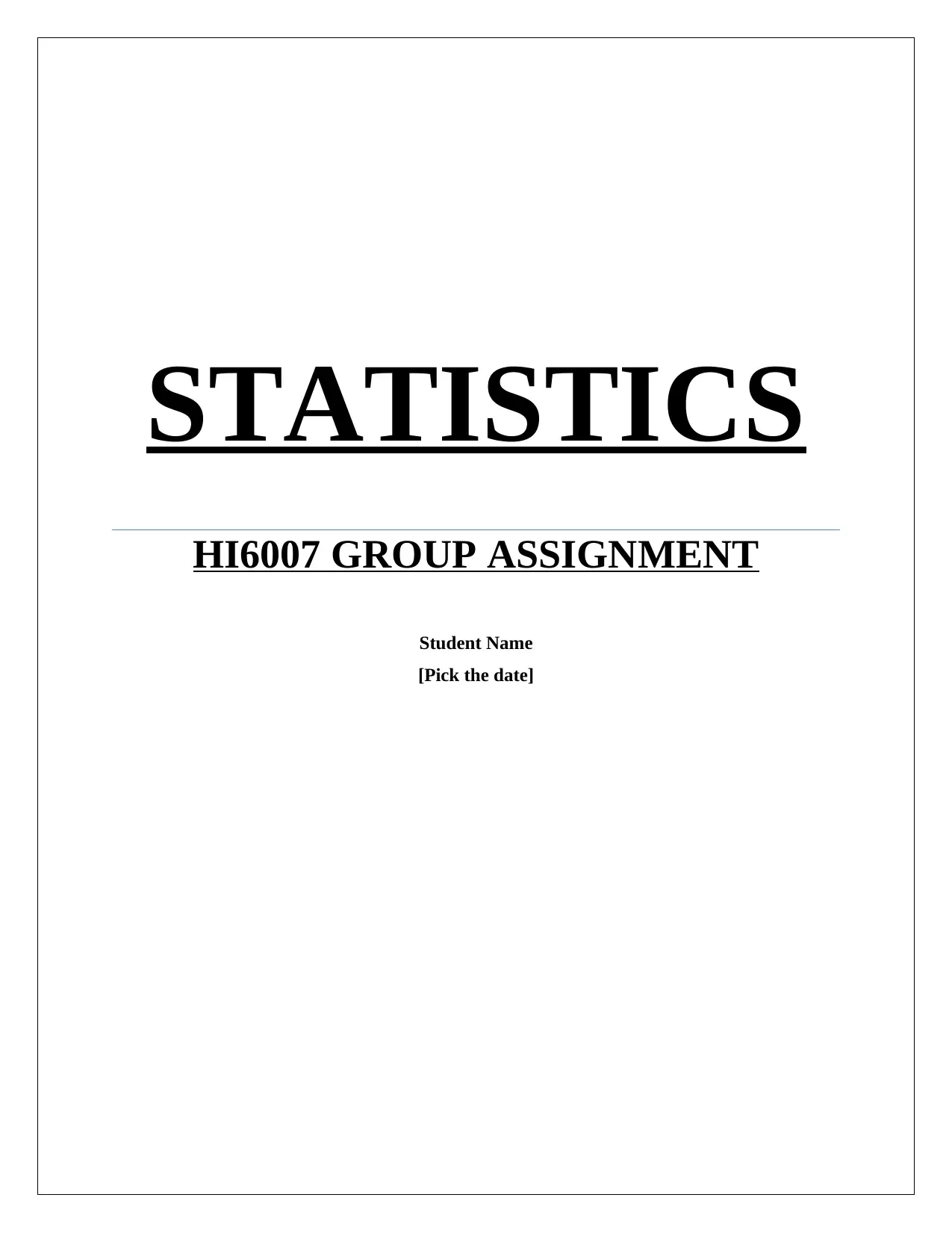
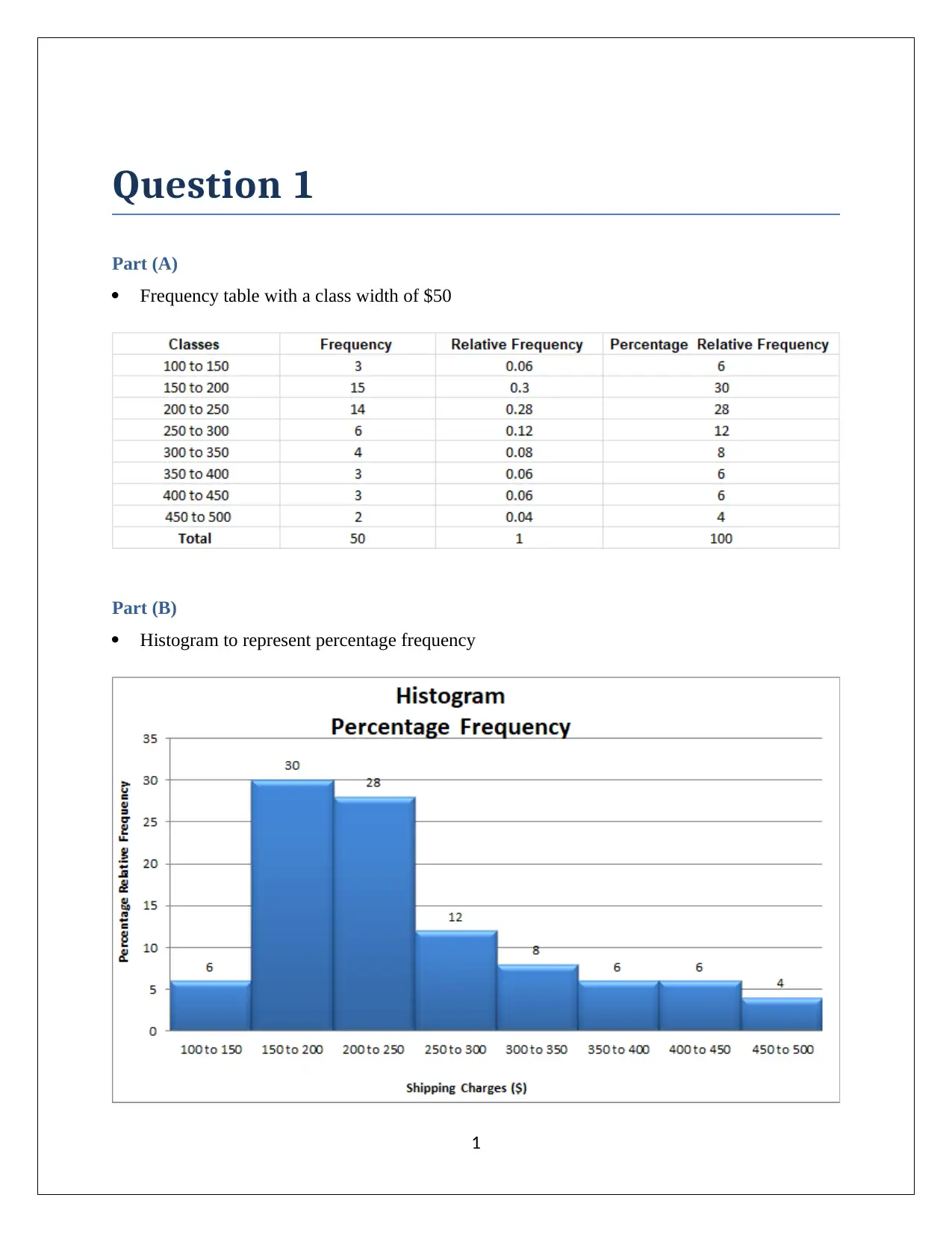
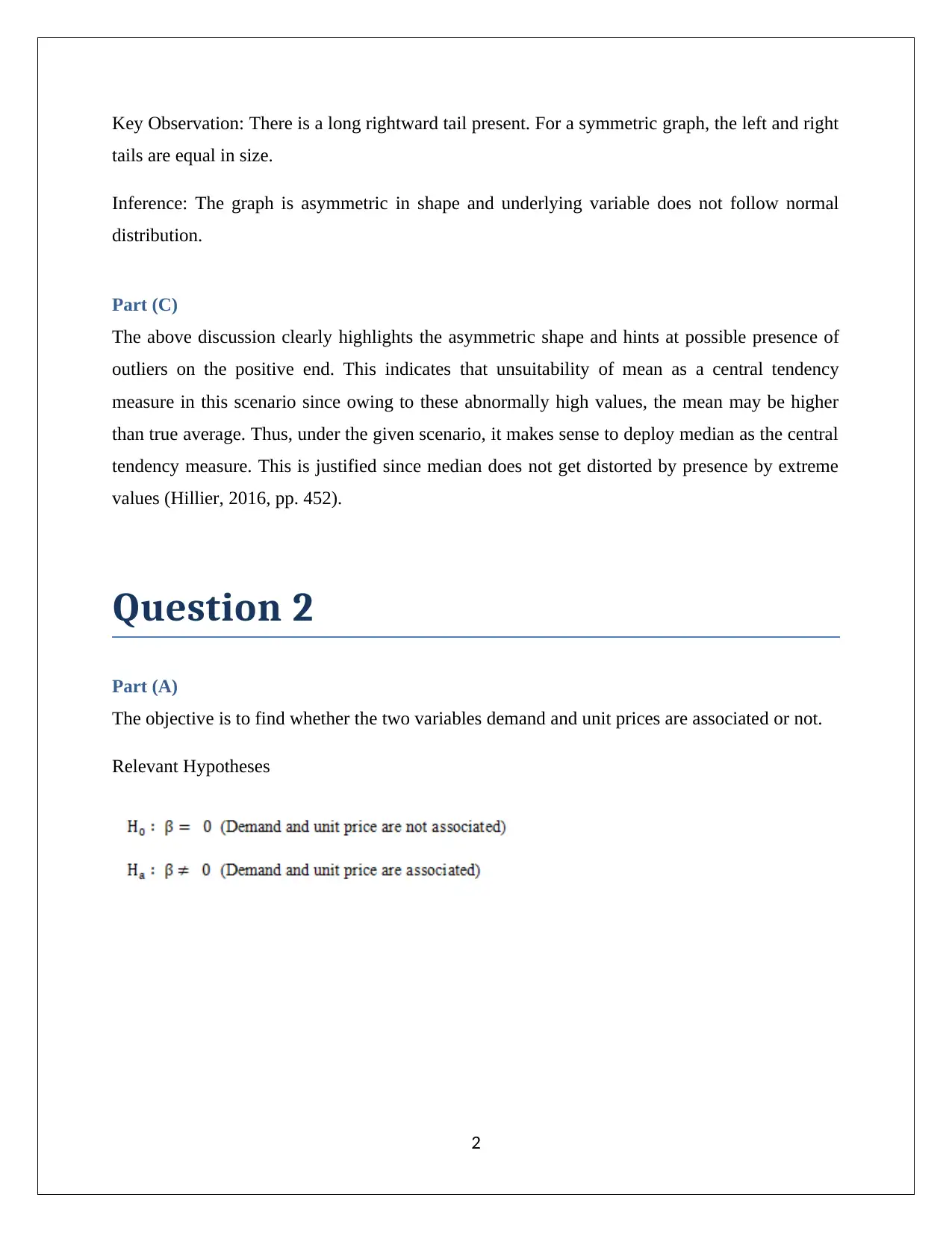

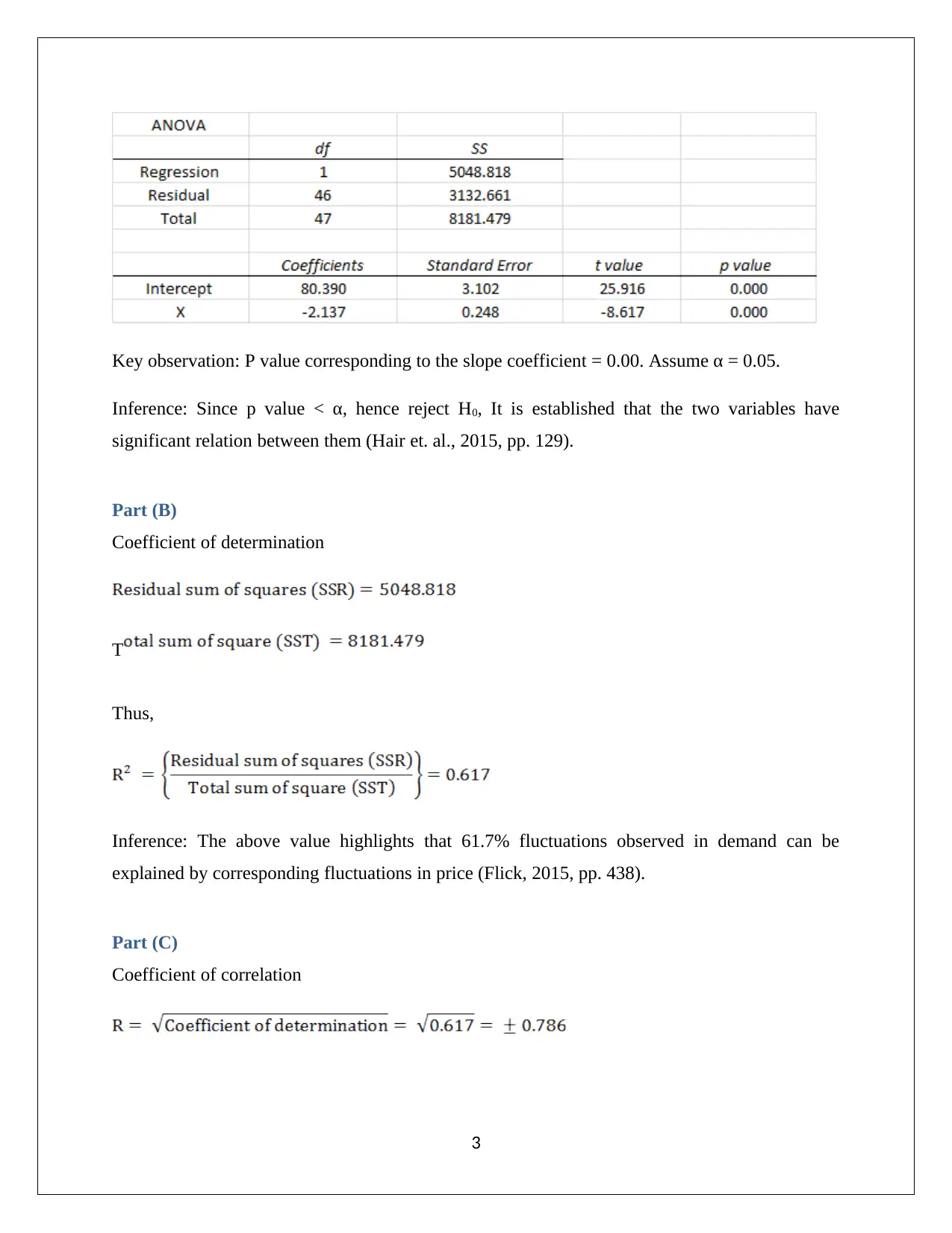

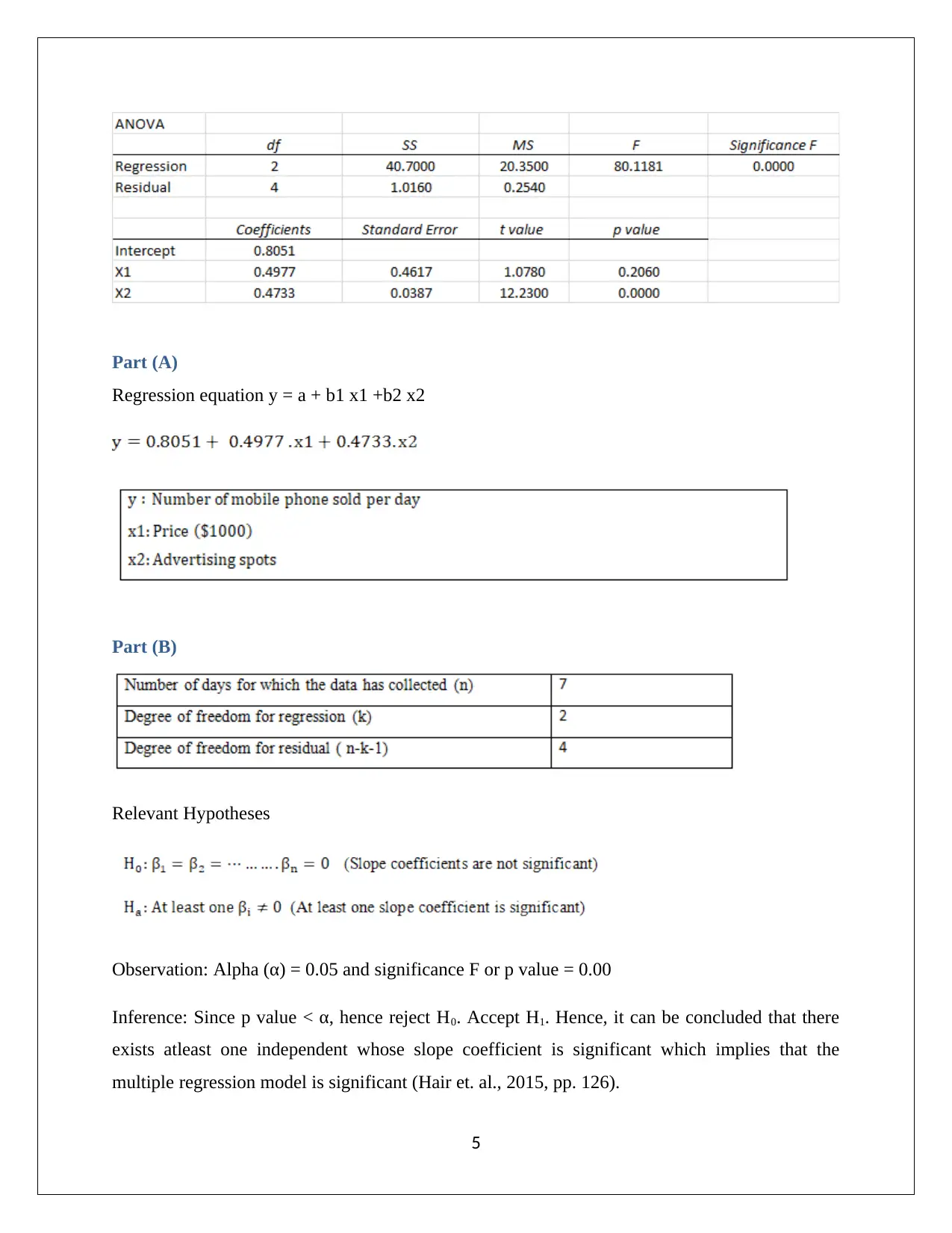
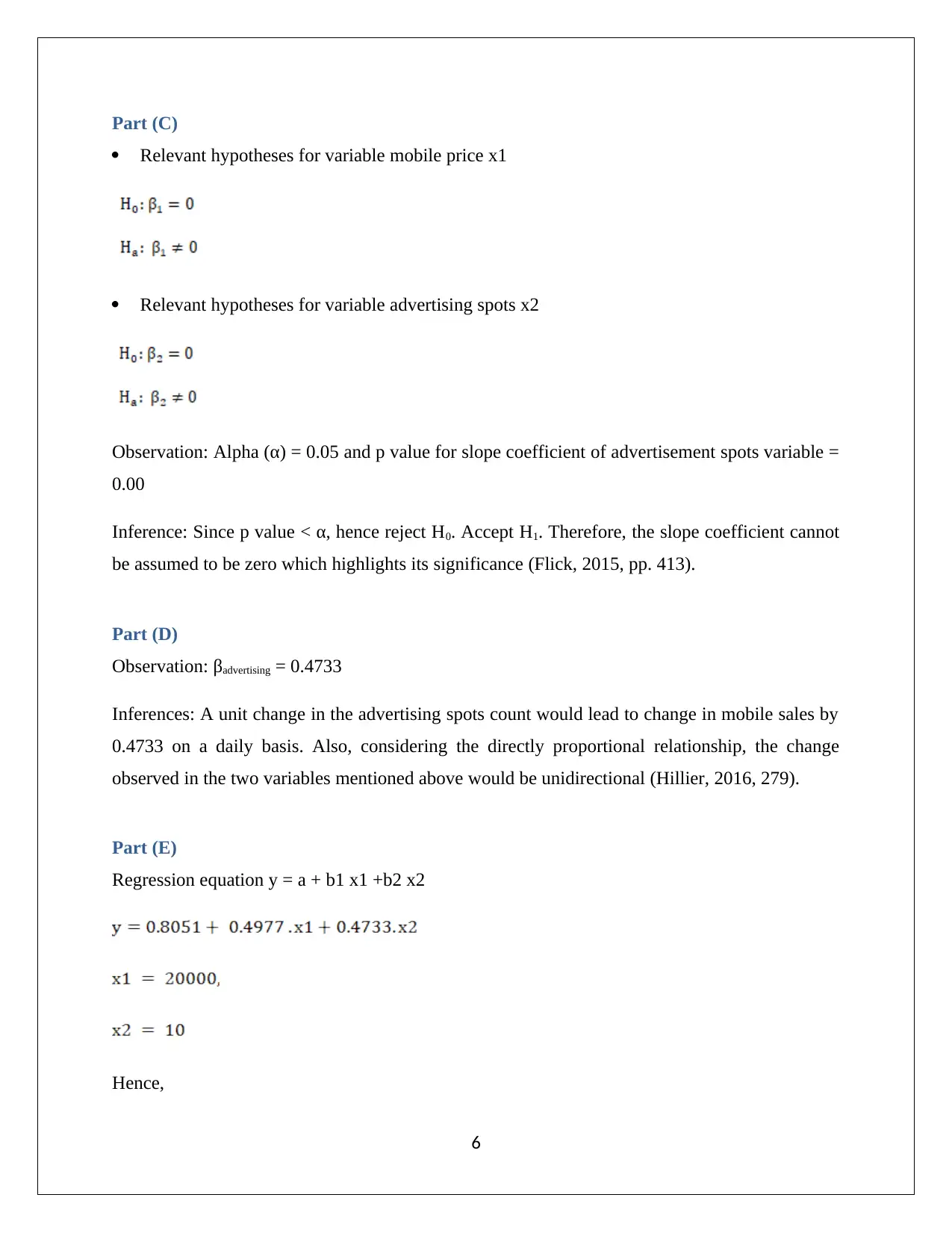







![[object Object]](/_next/static/media/star-bottom.7253800d.svg)